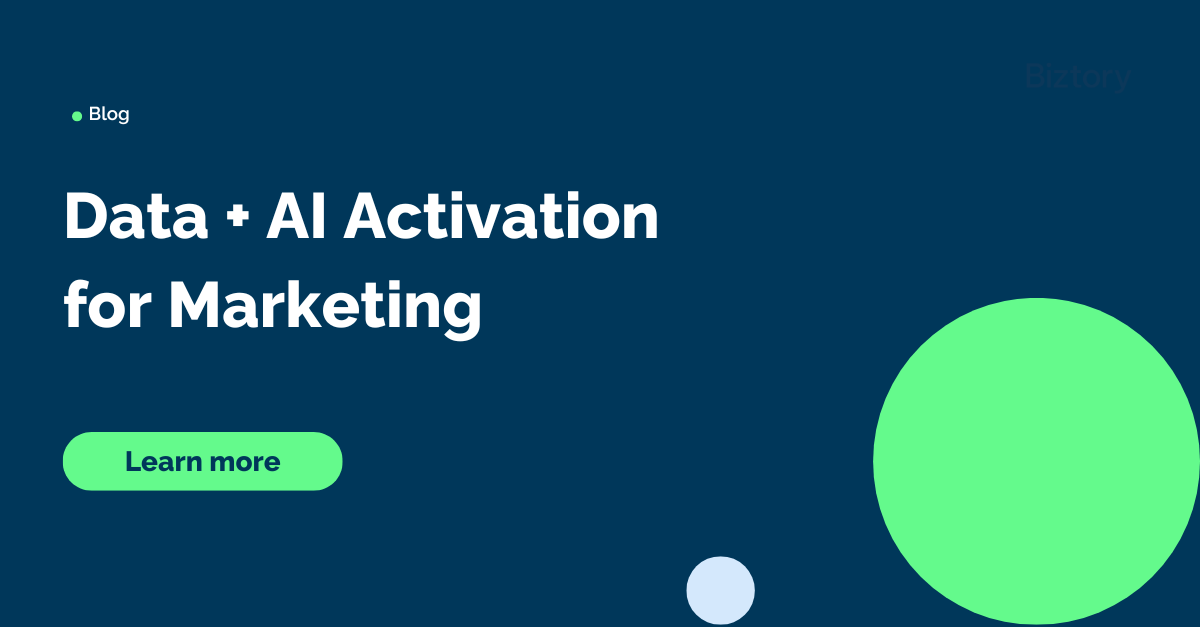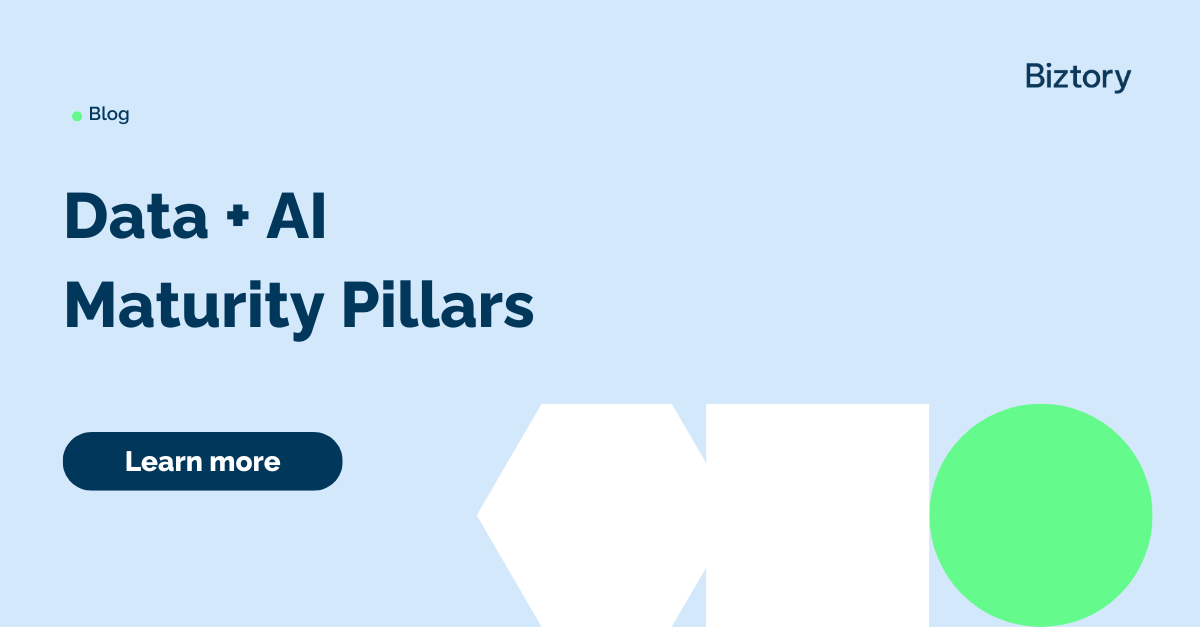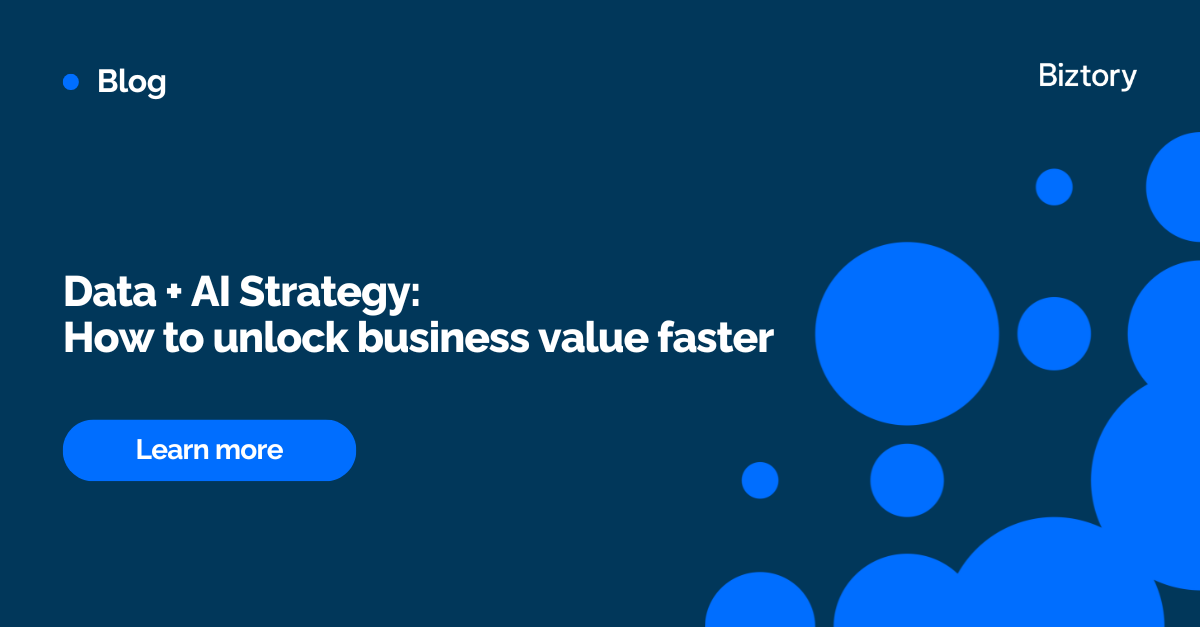Before you can use a lot of the amazing capabilities that the Snowflake Data Cloud offers on your company's data, you’ll need to find a way of getting that data ingested.
How you load data into Snowflake can significantly impact your business operations, therefore Snowflake offers a variety of data ingestion methods, each with its advantages and trade-offs. Understanding these options and how they align with your specific needs is important. This blog will help you navigate the world of data ingestion.
Choosing your Snowflake data ingestion method: things to consider
Infrequent or continuous ingestion
One of the first decisions you’ll need to make is about data freshness. Are you going to use data for a finance report that’s only refreshed twice a day or for an application requiring real-time data? Depending on your needs you’ll need to choose between ad-hoc, (micro-)batch, or continuous data loading.

Ad-hoc ingestion: is most suited for on-demand, unexpected or infrequent data needs. This method is particularly useful for handling one-time data imports, urgent data analysis requests, or when testing new data sources. Ad-hoc ingestion provides flexibility and responsiveness, allowing organizations to quickly address immediate data needs without waiting for the next scheduled batch or setting up a continuous ingestion pipeline. However, it can also be resource-intensive and may require more manual intervention, which could lead to increased operational overhead if used excessively.
Batch ingestion involves loading larger volumes of data at once, typically scheduled periodically. This method is suitable for scenarios like end-of-day reports, historical data loading, or less frequently updated datasets. It is efficient for handling larger datasets with fewer operations and is often lower in cost. However, it is unsuitable for real-time needs as data will be outdated between loads.
Continuous ingestion, on the other hand, involves loading data as it arrives in smaller, more manageable chunks or even a continuous stream of data. This approach is perfect for real-time analytics, monitoring applications, and situations that require up-to-the-minute data. Continuous ingestion keeps data current and supports immediate analysis, making it essential for many modern data-driven applications. The downside is that it can be more complex to manage and potentially higher in cost due to more frequent operations.
Data ingestion to Snowflake: Third-party or self-managed solutions
Another important consideration is whether to use third-party tools or invest in development time for custom solutions.
Third-party tools like Fivetran and Airbyte are easy to set up and provide managed services with robust connectors to various data sources. They simplify setup and maintenance, often come with customer support and automatic updates, and are generally easy to use. However, they can be more expensive and sometimes less flexible.
Alternatively, developing your own solutions involves creating custom scripts and ELT pipelines using the capabilities Snowflake provides. This approach provides greater control over the environment and can be more cost-effective in the long run, but it requires in-house expertise and is more time-consuming to manage and maintain.
So, balancing ease of use with the need for full control is a key consideration. SaaS solutions and third-party tools often provide user-friendly interfaces and automated processes, making them easy to use with minimal technical knowledge.
However, DIY and self-managed solutions offer more control over the data ingestion process, allowing for customization and optimization tailored to specific needs.
The costs of Snowflake data ingestion
Understanding the costs of data ingestion into Snowflake is important. Several factors influence pricing, including Snowflake credits, storage costs, and compute resources. Snowflake credits are consumed during data loading operations, while storage costs depend on the volume and type of data stored. Additionally, serverless options like Snowpipe can incur additional costs for automatic scaling and continuous processing.
When considering third-party tools or SaaS solutions for data ingestion, additional costs come into play. These tools often charge based on the volume of data processed, the number of connectors used, or the frequency of data updates. While they can save significant development and maintenance time, their subscription fees and usage-based pricing can add up, especially as data volume grows.
Therefore, It's essential to evaluate the trade-offs between ease of use and cost when deciding whether to use third-party tools or invest in developing custom ingestion solutions. Next to this, also the freshness of your data - or how often you’ll need to ingest data - has an impact on the cost of your solution.
Snowflake data ingestion methods: the options
1. COPY Statement
Loading data via a COPY statement is a manual way of loading data, therefore it’s mostly used for historical data loading or or infrequent loads. Files already available in cloud storage - AWS S3, Google Cloud Storage or Microsoft Azure - or a local machine are copied via a stage to an internal (Snowflake) cloud storage location before loading the data into tables or views. This blogpost shows you how to do this using Amazon S3, and this one how to do it from local storage.
To use the COPY statement you need to specify a virtual warehouse in your query. This warehouse needs to be sized appropriately for the expected loads. While loading data with the COPY command, you can do simple transformations such as column re-ordening and type casting.
An option to automate this way of data loading is to include the COPY statement in a Snowflake task. This setup can be used to automate daily full loads.
2. Snowpipe
Snowpipe is best used to load smaller volumes of data, or micro-batches, incrementally, making them available for analysis within minutes of the data being uploaded to an external cloud storage location.
It uses Snowflake-provided, serverless compute resources that automatically scale up or down based on workload demands. These resources are billed per second, making Snowpipe a cost-effective option for continuous data ingestion. The COPY statement in a pipe definition supports the same COPY transformation options as when bulk loading data.
3. Snowpipe Streaming
The Snowpipe Streaming API allows direct writing of rows of data into Snowflake tables without the need to stage files first. This architecture minimises load latencies and reduces costs by using the scalable serverless compute model of Snowflake, making it ideal for handling near real-time data streams.
4. Snowflake native connectors
Snowflake provides different native connectors, the ones for Kafka and applications like ServiceNow and Google Analytics as the most known ones. Recently, Snowflake announced the release of connectors for some of the leading open-source relational databases, PostgreSQL and MySQL.
These native connector are built with the Snowflake Native App Framework and can be used via the Snowflake Marketplace. Using the way of ingestion your data eliminated the need to transport files between systems since the data flows directly from the source into Snowflake. Also, payment is done on a consumption basis, so you don’t need additional licenses.
5. SaaS solutions
SaaS solutions like Fivetran and Airbyte simplify the process of ingesting data into Snowflake by providing automated data pipelines. These tools handle the heavy lifting of data integration, allowing you to connect various data sources like databases, SaaS applications, and APIs to Snowflake with minimal setup. Fivetran and Airbyte automatically sync data at scheduled intervals, ensuring that your Snowflake environment is always up-to-date.
This approach reduces the need for custom ETL development, saving time and resources while ensuring data accuracy and reliability. Of course, these easy-to-use applications come with a price, often depending on the amount of data you’ll transfer or the amount of changes to your data.
Conclusion
How do you know which data ingestion method is the right one for your use case? The infographic below can help you!
👉 Download the full infographic here. 👈

And, if you need a little help making an informed choice, we’re more than happy to have a chat about ingestion data, best practices and how to start implementing them.



